This month may not be the bloodiest in Washington, D.C., but anti-LGBT violence is still on the rise there despite a change in police procedures aimed at lowering these crimes. According to the New York Times, city data shows anti-LGBT bias crimes are rising, but "there is disagreement over whether the numbers reflect an actual increase in violence, more reporting of crimes, better record-keeping by the police or some combination of all three."
Last month a 23-year-old gay man was beaten in the city's Columbia Heights neighborhood, though it was nothing like last year's rash of high-profile attacks (mostly against trans women and gay men) including one by an off-duty police officer.
While some of the city's most prominent LGBT leaders have been voicing their frustrations with the official police response to the record 51 LGBT hate crimes so far this year, the Times reports that Chief Cathy L. Lanier argues that the department "has been doing everything in its power to stem the violence, going so far as to seek an outside review of the department's procedures that have been the subject of criticism. The results of that review are expected late this year or in early 2013."
"We feel like everything that we can do, we're doing, and yet we get these complaints back from some of the advocates," she said.
One of the debated changes that Lanier insituted, according to the Times, is redistribution of the ciy's officers on the Gay and Lesbian Unit. Once there were police officers assigned to Dupont Circle, the city's gay neighborhood, but now they are distributed throughout the city.
"The events of 2011, the intense violence, really showed that the restructuring had failed to create any kind of meaningful reaction and response," Jason A. Terry, an anti-violence activist and a volunteer with the DC Trans Coalition, told the Times.
But many activists seem to support Lanier's efforts, or at least place the blame elsewhere. A. J. Singletary, a co-chairman of a city anti-violence group called Gays and Lesbians Opposing Violence, told the Times he feared that Chief Lanier's commitment to improvement had not reached all the way through the ranks of the department.
"I know that's what Chief Lanier wants, and that's what we want," he said. "Now we just want to make sure that actually happens."










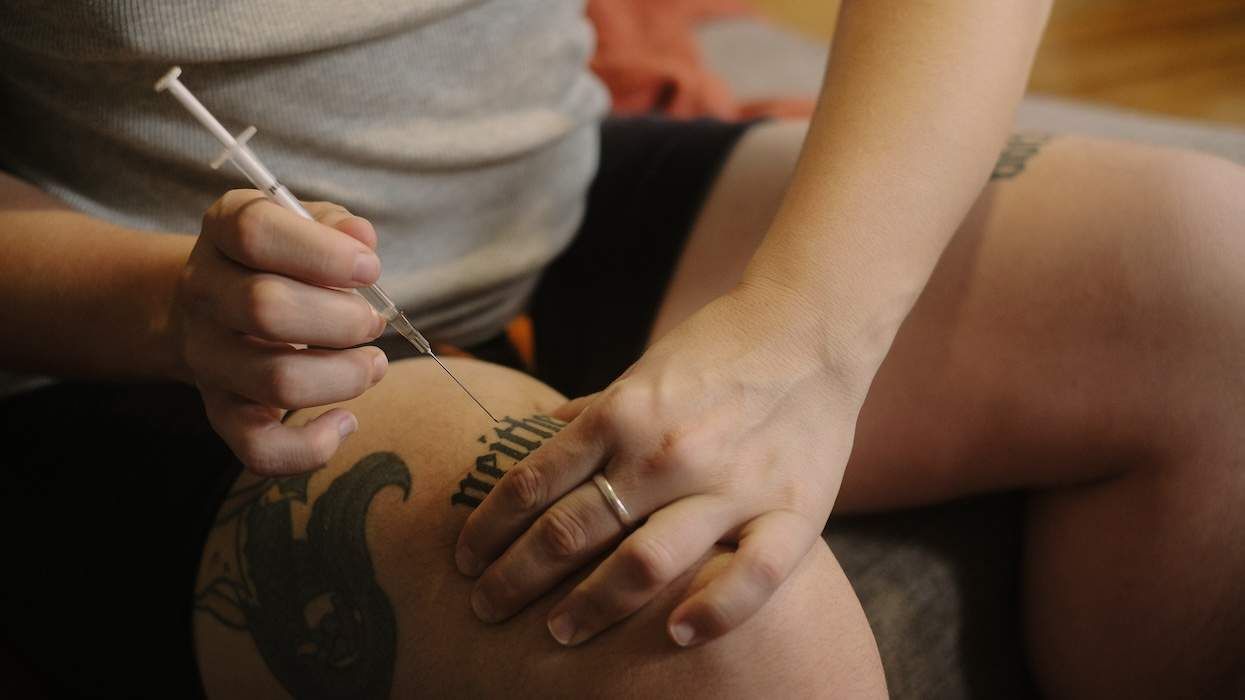
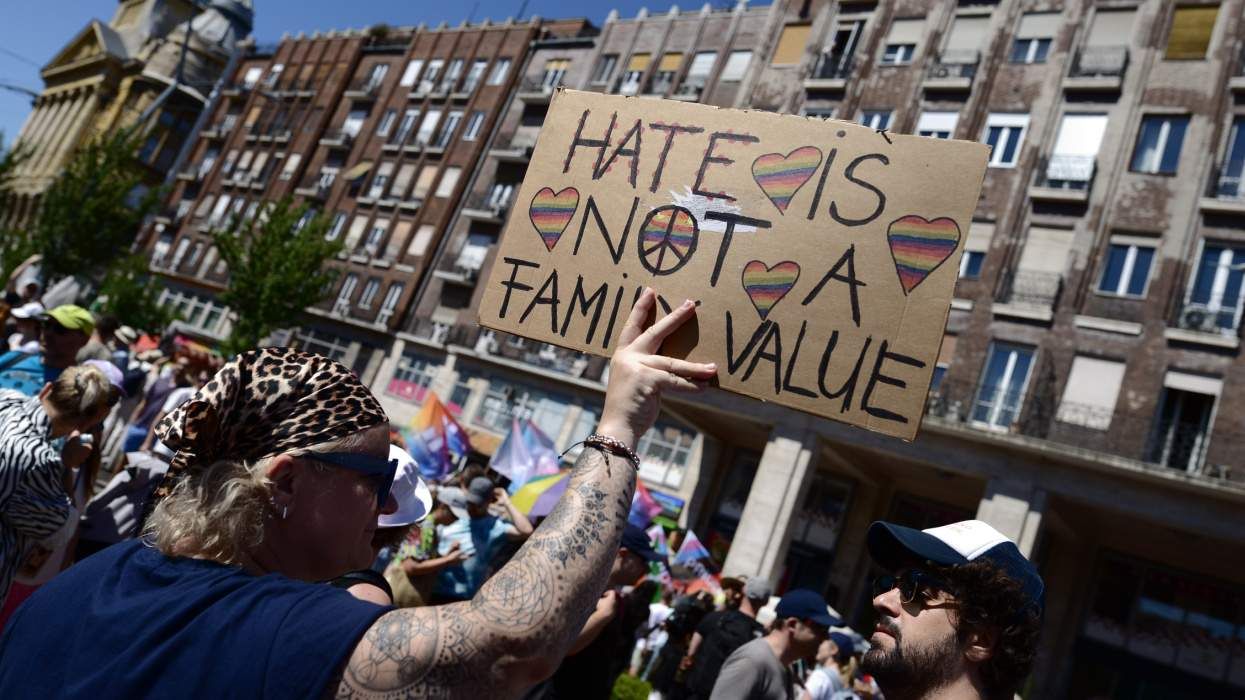
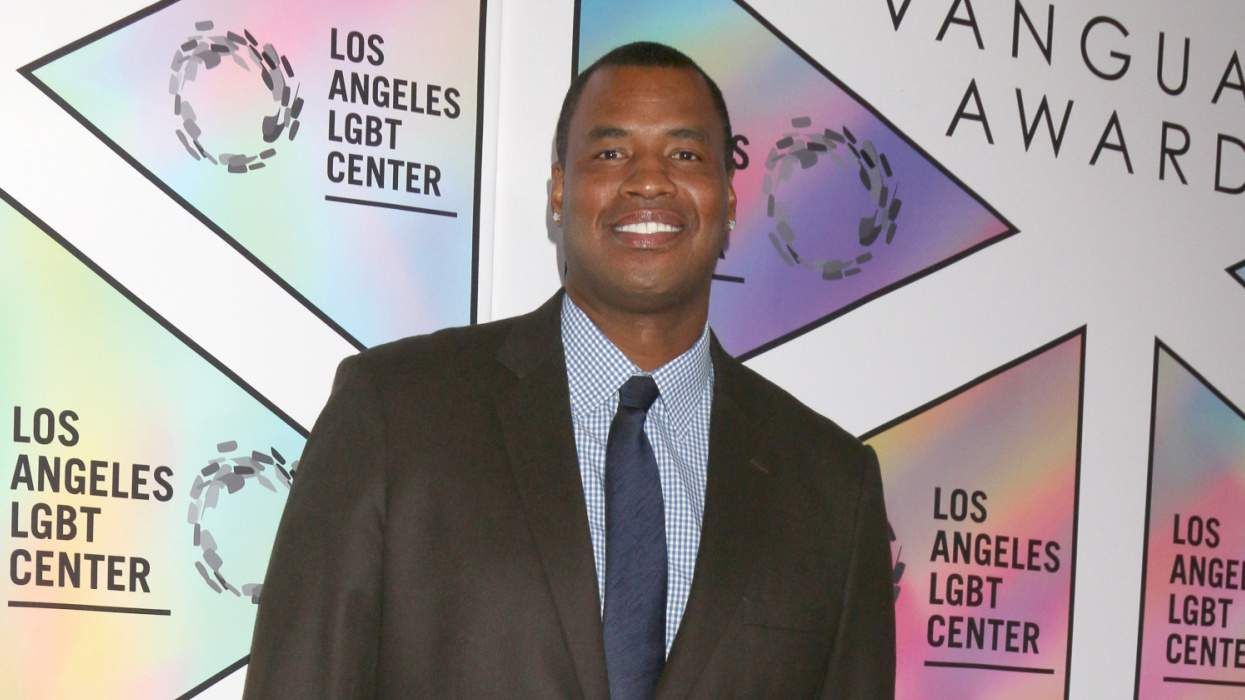
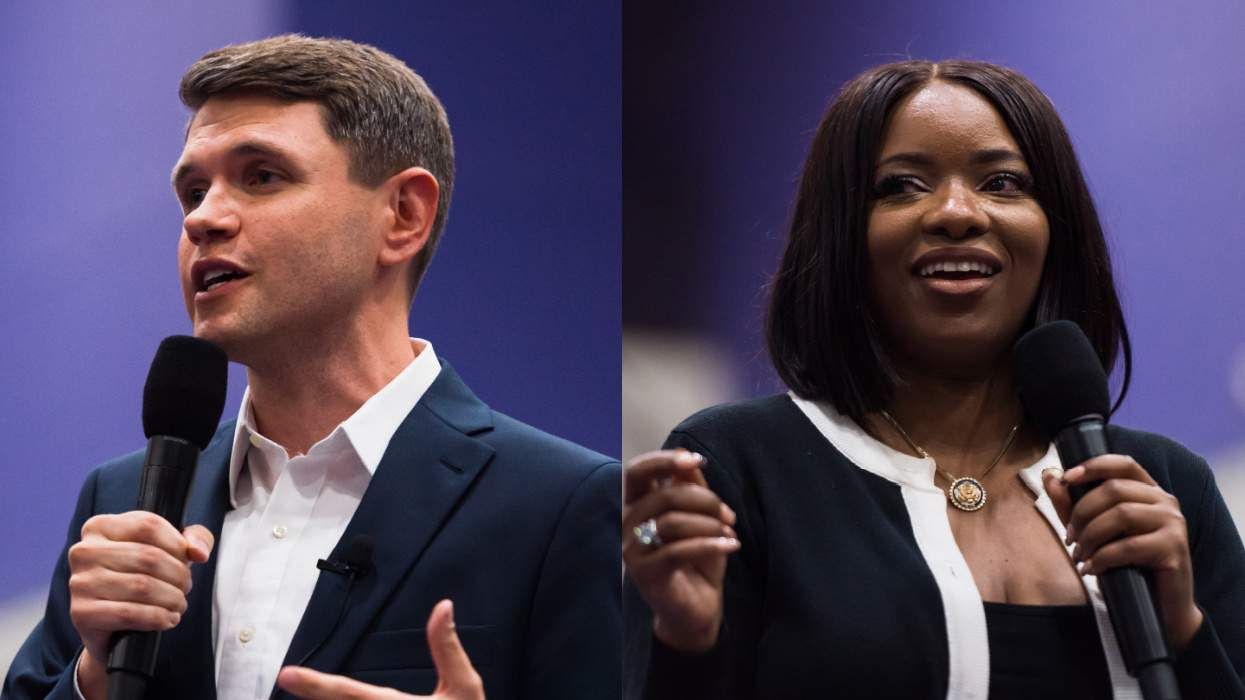
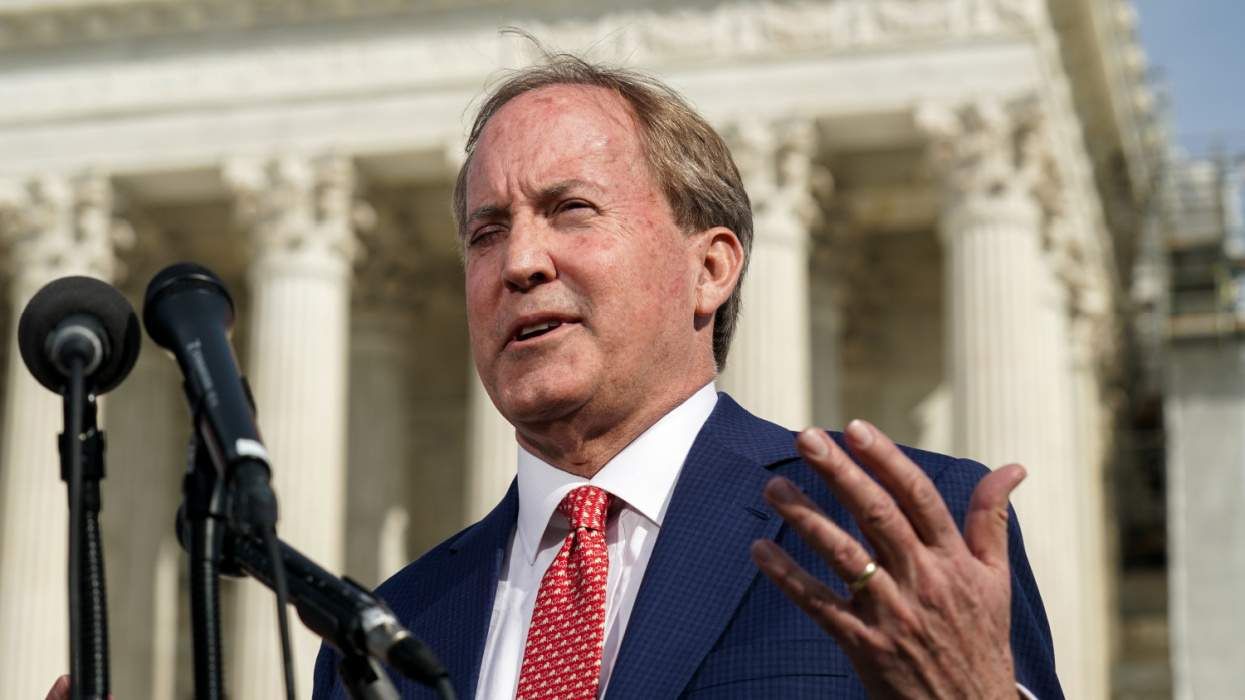

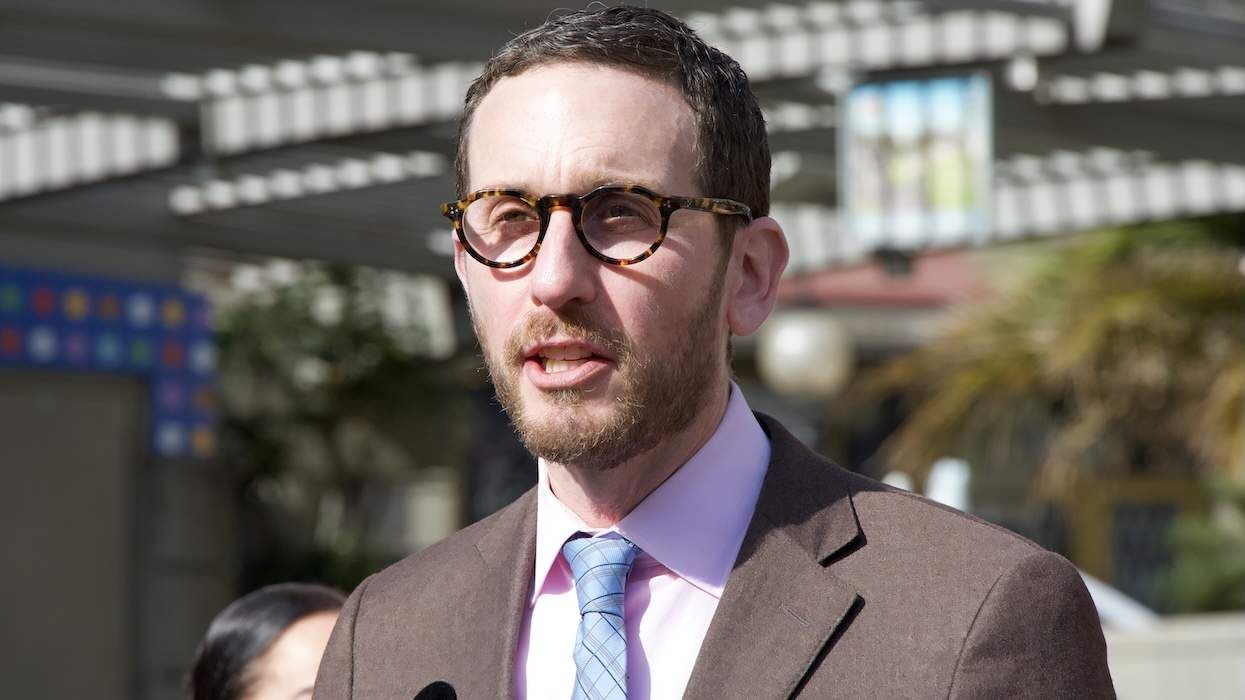
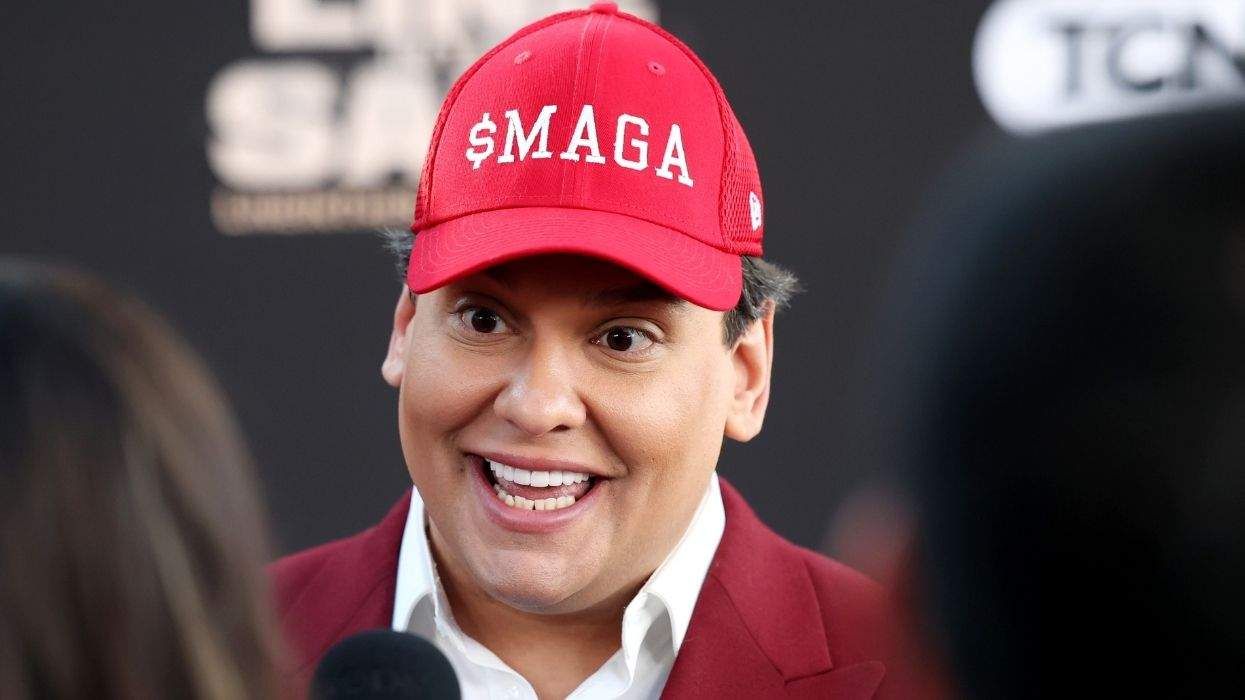
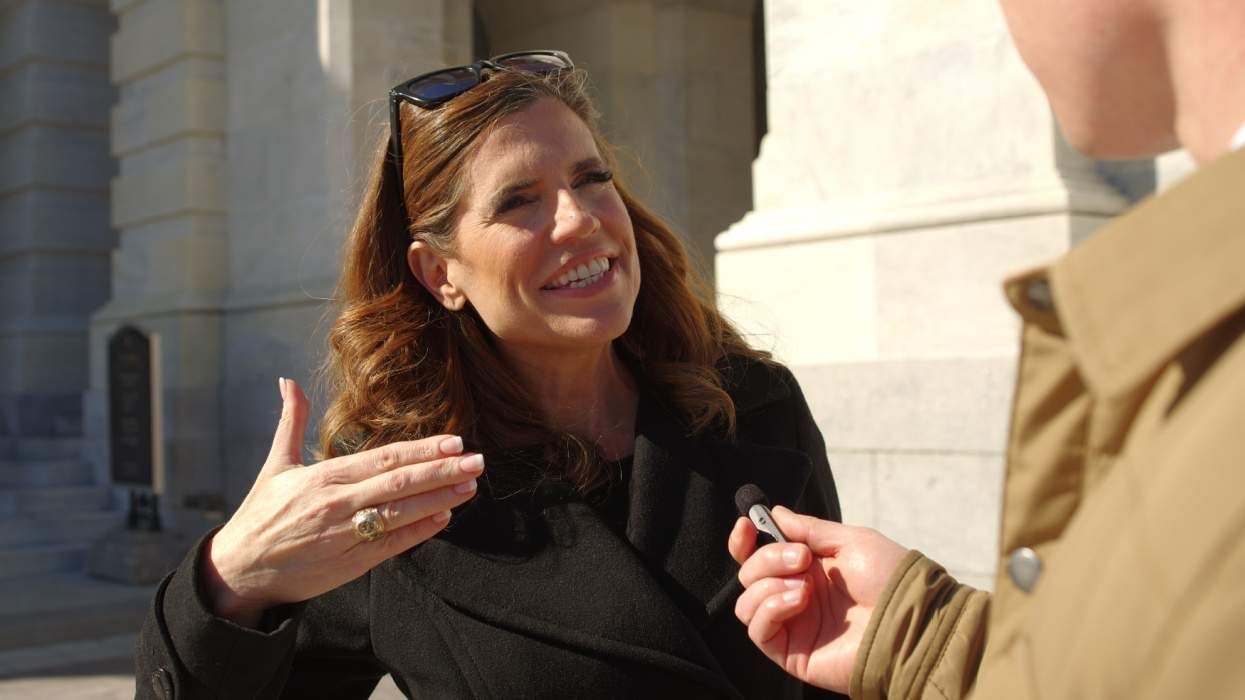
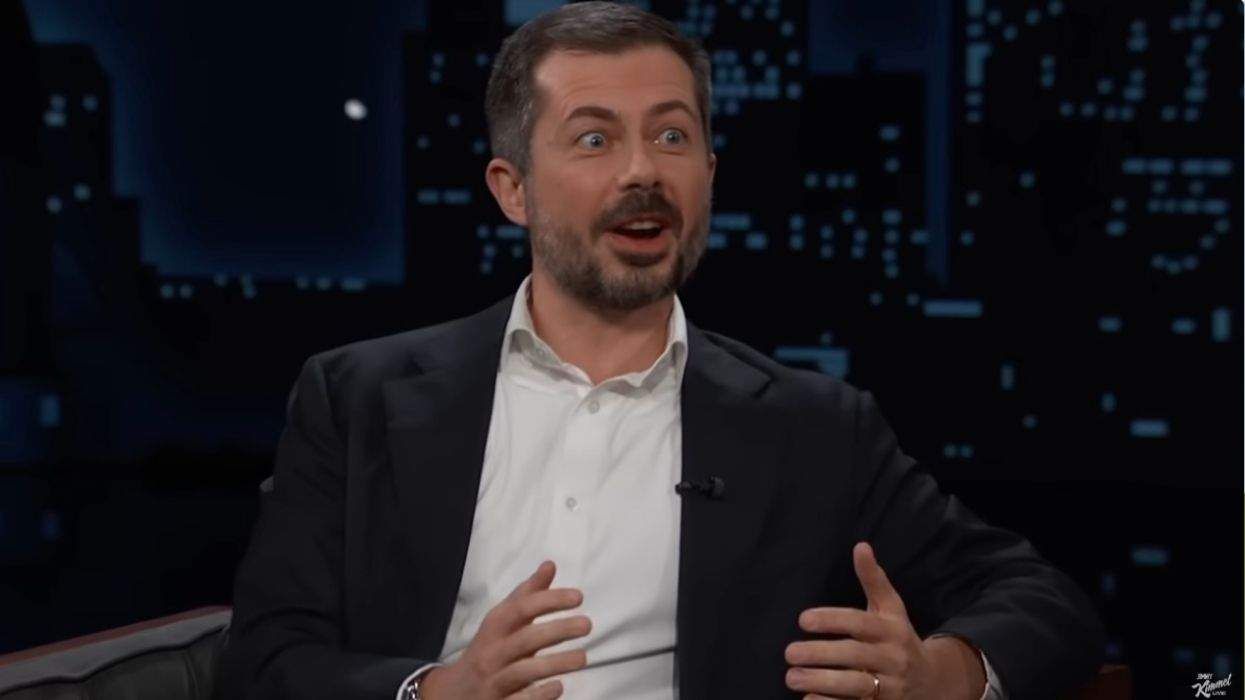
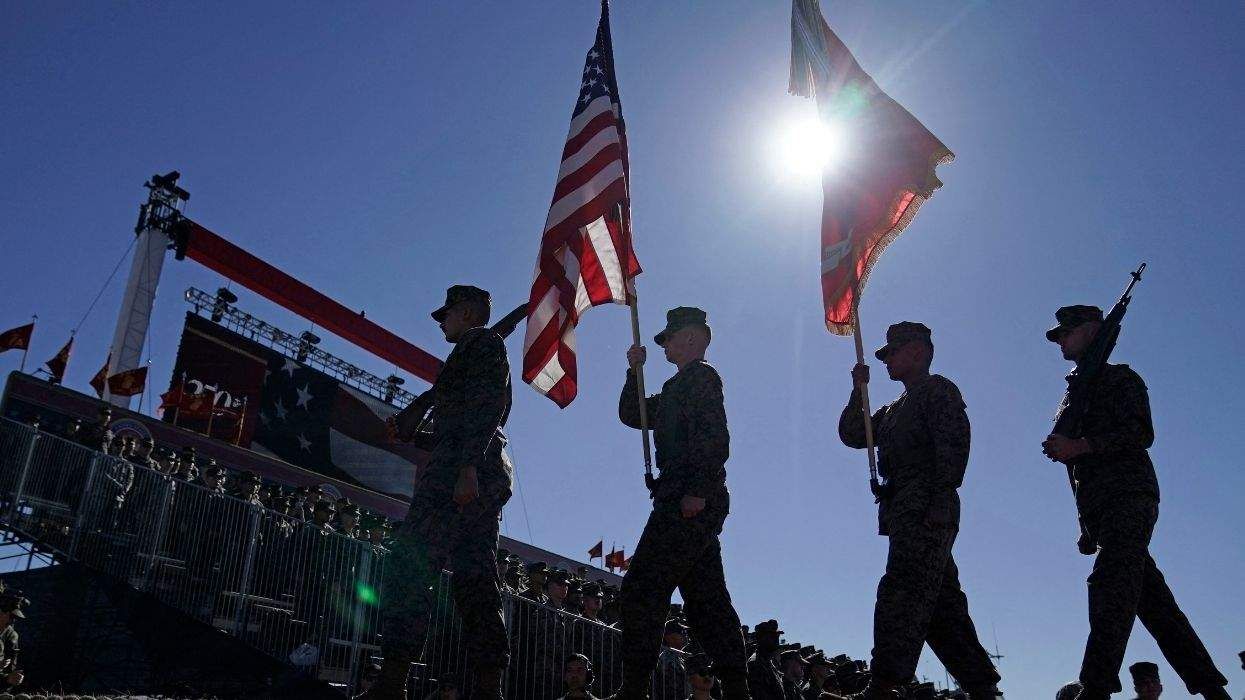

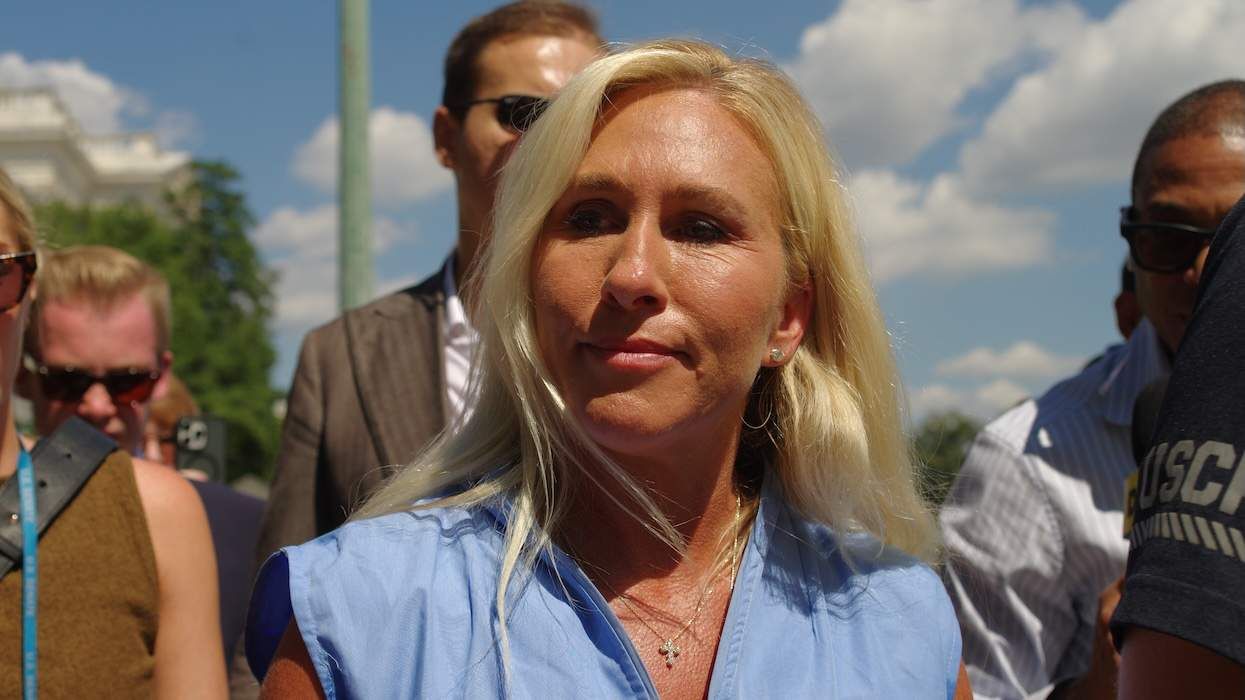
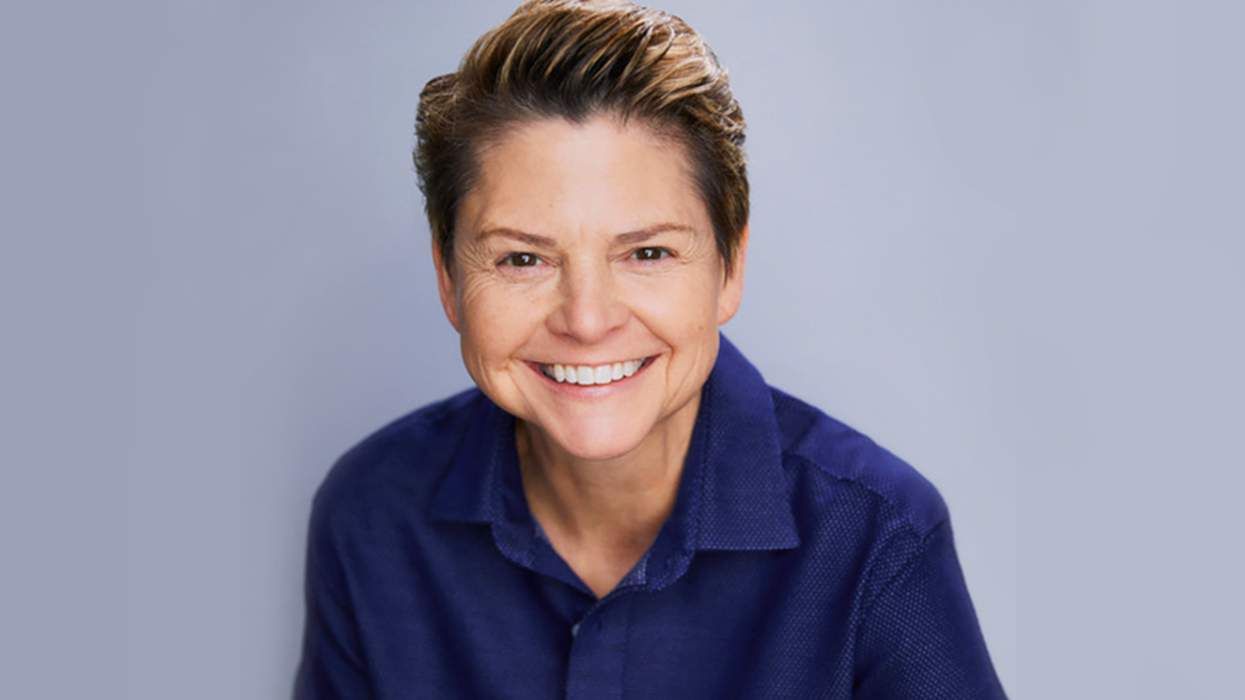
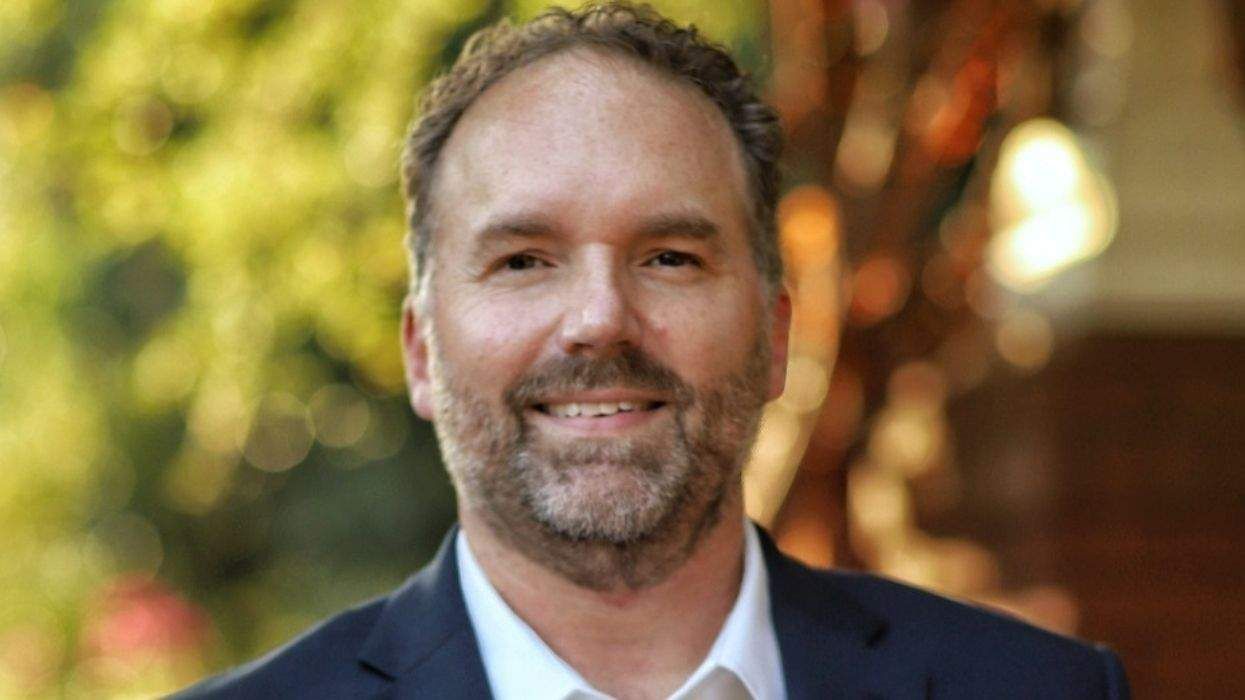
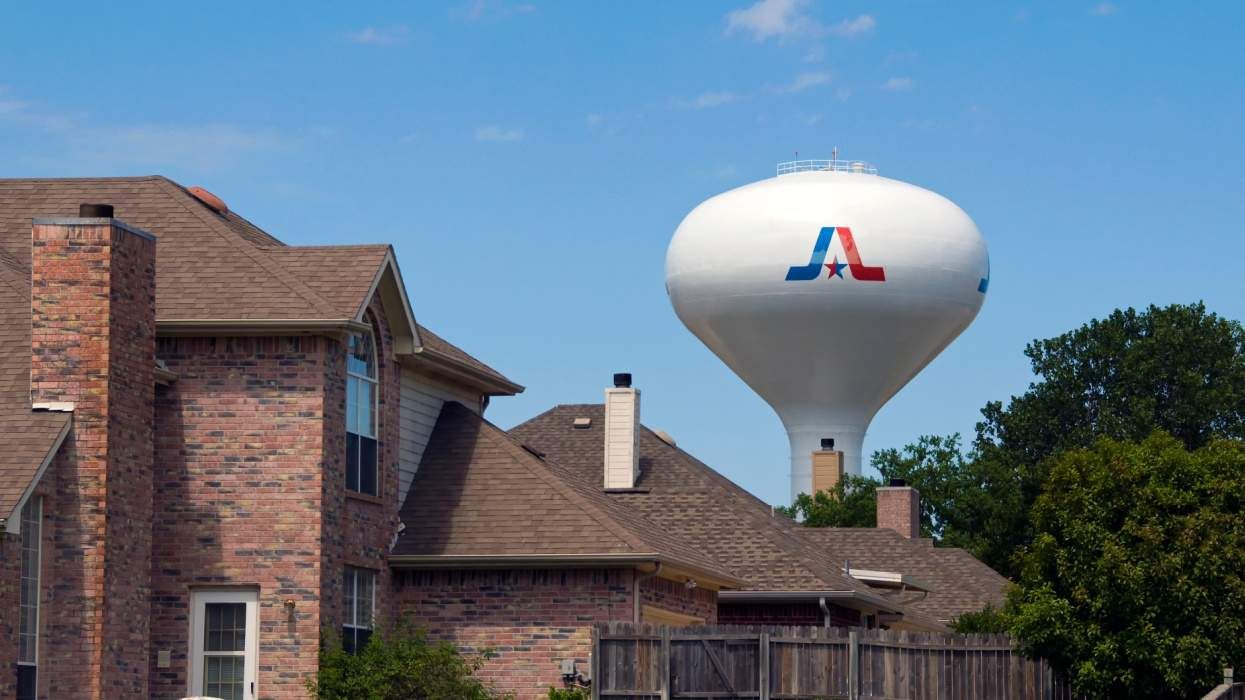





















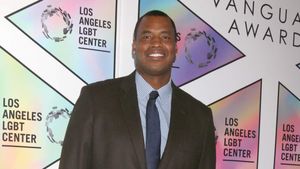





















Charlie Kirk DID say stoning gay people was the 'perfect law' — and these other heinous quotes